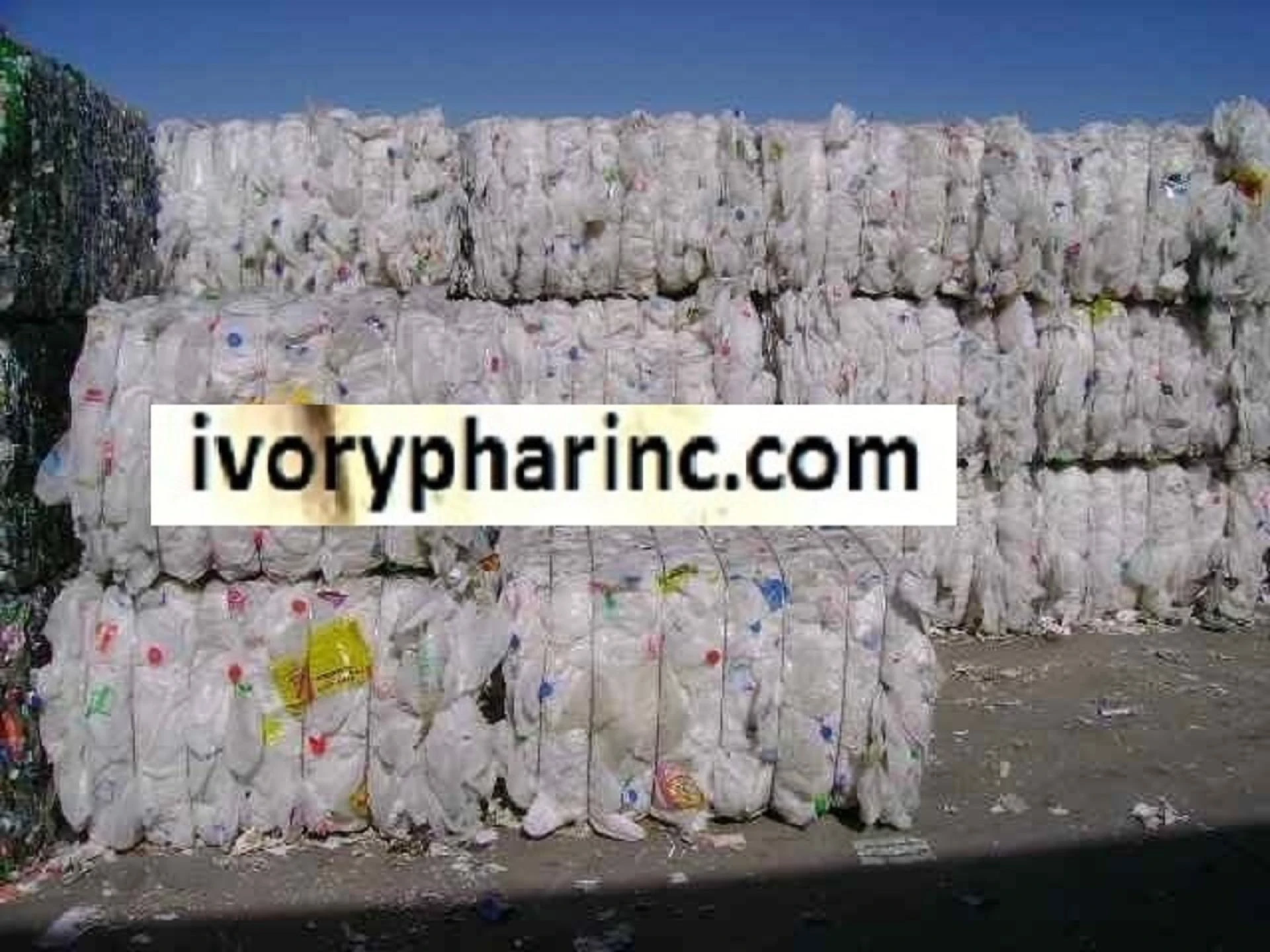High-Density Polyethylene (HDPE), as the name suggests, is a polymer known for its relatively higher density compared to its counterpart, Low-Density Polyethylene (LDPE). However, the difference in density between HDPE and LDPE is marginal, and the key factors that distinguish the two polymers are their molecular structures and physical properties.
The primary difference lies in the absence of branching in the molecular structure of HDPE, which contributes to its greater strength, rigidity, and durability. This structural arrangement allows HDPE to achieve a high level of ductile strength. As there is minimal branching, the molecules are packed more tightly together, which results in HDPE being a linear polymer with more crystalline characteristics compared to the more flexible, amorphous structure of LDPE.
The physical properties of HDPE, including its higher density, give it a variety of desirable attributes, making it a preferred material in the manufacturing of many products. The creation of HDPE can be influenced by the use of specific catalysts that control the extent of branching, ensuring the polymer's structural integrity.

For anyone looking to source HDPE for manufacturing purposes, it is crucial to find a reliable HDPE milk bottle scrap supplier, as the quality of the material directly impacts the end product. Now, let's explore the essential properties and applications of HDPE in greater detail.
Properties of HDPE
HDPE boasts a number of beneficial properties that make it a versatile material across various industries. The polymer’s density typically ranges around 0.95 g/cm³, which is relatively high compared to other common polymers. This high density is responsible for the material’s superior strength, durability, and chemical resistance. HDPE is generally recognized by its dense and translucent appearance, contributing to its popularity in applications where both strength and clarity are needed.
One of the most important properties of HDPE is its ability to resist chemical degradation. It is highly resistant to a wide range of chemicals, making it ideal for applications in environments that require durability against corrosive substances. HDPE is immune to many acids, alcohols, aldehydes, esters, bases, and oils, which is why it is commonly used in laboratory settings and for the storage of chemical substances. Additionally, HDPE’s ability to resist absorbing moisture makes it a superior material for liquid containment, as it helps maintain the integrity of the product inside.
Applications of HDPE
Given its unique properties, HDPE is used in the manufacturing of a wide variety of products across multiple industries. One of the most common applications of HDPE is in the production of containers, particularly for liquids. For example, HDPE is widely used in the creation of milk bottles, where its resistance to moisture and durability are essential.
HDPE is also commonly found in products such as Tupperware, shampoo bottles, bleach containers, and motor oil bottles. These products benefit from HDPE’s high resistance to breakage and its ability to maintain its form over time, even when exposed to varying temperatures. In addition to liquid containers, HDPE is used in the production of other everyday items such as plastic shopping bags, food containers, and trays.
It is also widely used in the manufacturing of industrial products like pipes, pipe fittings, and tanks. The material’s durability and chemical resistance make it an excellent choice for use in various industrial and commercial applications. HDPE’s versatility also extends to products such as cutting boards, wear plates, and hinges, which benefit from the polymer’s toughness and long-lasting nature.
Because HDPE is recognized as safe for food contact by many food safety advisory boards, it is frequently used in food-related products, including containers and packaging. This makes it a reliable material for ensuring the safety and longevity of food products. Furthermore, HDPE's resistance to contamination and its non-absorbent nature make it a go-to material in the healthcare industry, particularly for medical devices and laboratory equipment.
Another significant use of HDPE is in environmental applications, such as waste management systems and outdoor products. For instance, HDPE is commonly used in the production of plastic pipes that are used for water supply, sewage, and drainage systems. Its resistance to corrosion and its ability to withstand extreme environmental conditions make it an excellent choice for these critical infrastructure applications.
Culmination
In conclusion, HDPE is a highly versatile and durable material with a wide range of applications across various industries. Its high density, resistance to chemicals, and strength make it the preferred choice for products that require durability and reliability. Whether used for packaging, containers, industrial products, or environmental infrastructure, HDPE continues to play a crucial role in manufacturing. If you are looking to purchase HDPE for your specific needs, it is essential to partner with a trusted HDPE milk bottle scrap supplier who can provide quality materials at competitive prices, ensuring that you receive the best product for your requirements.



